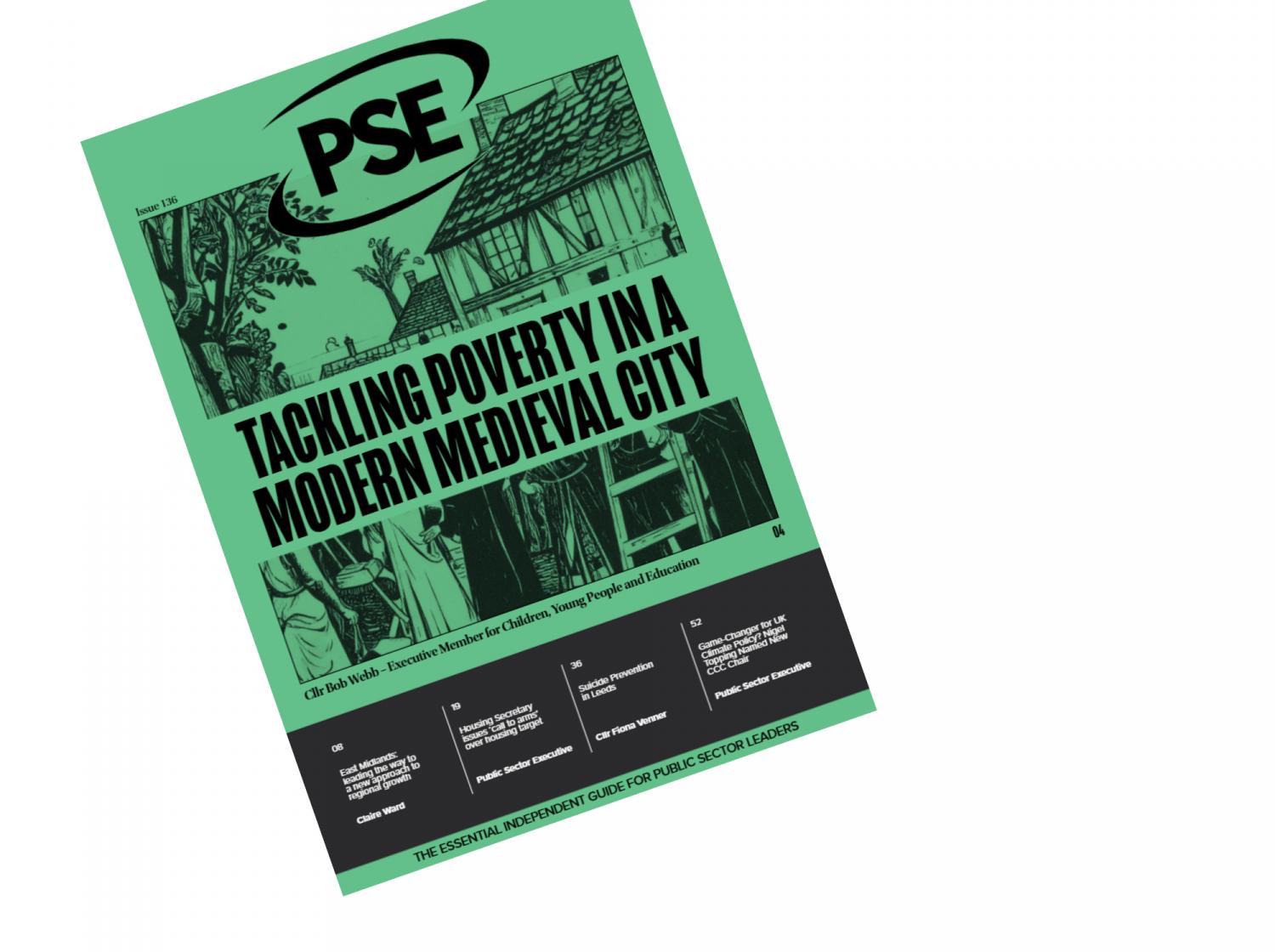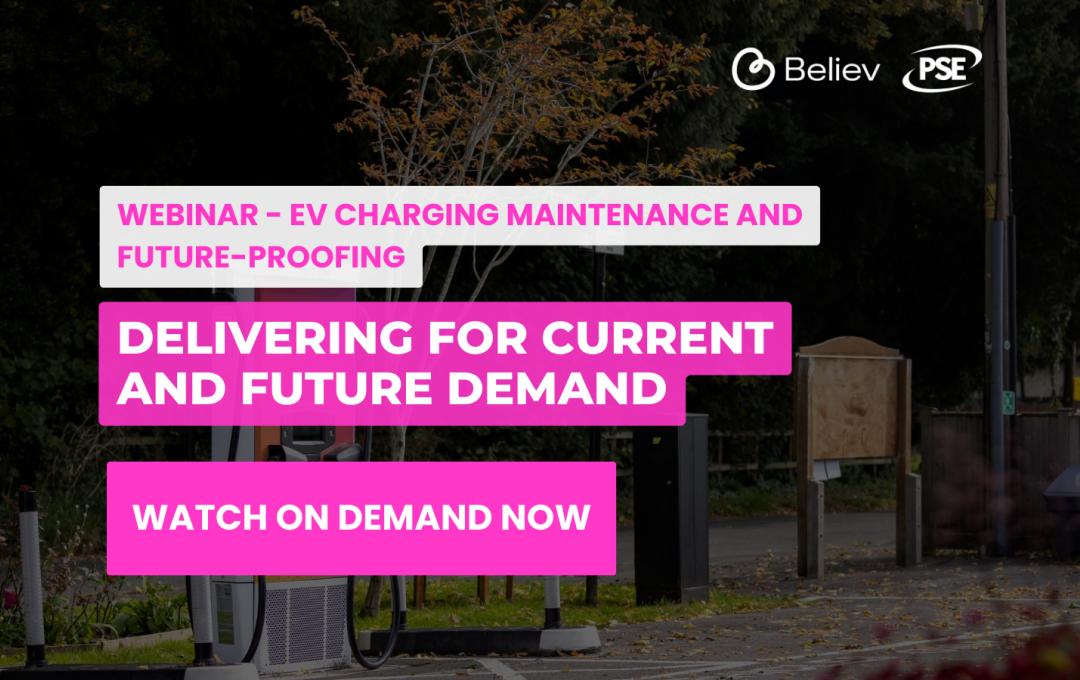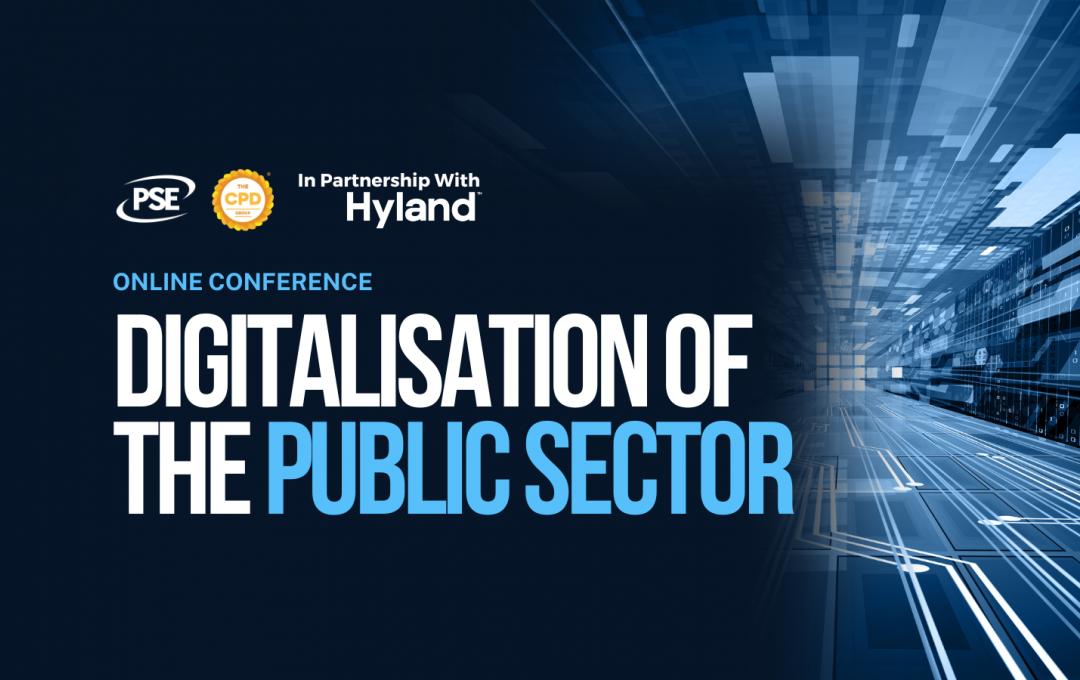Inaccurate forecasting in the programme and project management environment is perhaps the key risk that tends to end up causing the most problems. The larger and more complex the programme of works, the greater the likelihood that the forecasting will be inaccurate – and the greater the downside impact will be of that inaccuracy.
It’s certainly true to say that each project and each programme will have its own specific set of circumstances and there will be myriad reasons why a specific initiative hasn’t performed as forecasted.
It is also, however, true to say that there are patterns and trends that can be looked for and identified. All initiatives are unique, but all initiatives are also the same. If we try to take this more paradigmatic view of projects, project risk and risk forecasting, what do we see?
There are certainly examples in our experience of the health sector of organisations undertaking initiatives with insufficient attention paid to forecasting and risk management. We have witnessed this with the government’s new hospital building programme, which the IPA ranked as “red” in November 2022, meaning, ‘it appears to be unachievable and there are major issues with project definition, schedule, budget, quality and/or delivery of benefits, which at this stage do not appear to be manageable or resolvable’.
In a sector that is all about prevention and treatment of, often, life threatening conditions, risk should always be at the heart of every initiative. Cost overruns are caused primarily by cost underestimation, not scope changes. Design errors, change orders, poor site management and not hiring the right team can all be factors, but they are factors that we see occurring time and again – and therefore can be factored into any forecasting.
Hazel Bvuma, Risk Manager at Lexica, says: “We see many of the same issues time and again on the programmes of work we manage – and our experience means we know where to look for risk.”
Research suggests that there are typically three explanations for underestimation of risk:
- Technical
The issue here is about insufficient data and poor modelling techniques. The quality and capability of risk management software has increased exponentially over recent years. Yet these improvements appear not to have been matched by a corresponding improvement in forecasting accuracy.
Software capacity is constantly improving, but the outputs of the software rely, ultimately, on human input.
2. Optimism bias
The HM Treasury Green Book defines optimism bias as “the proven tendency for appraisers to be optimistically biased about key project parameters, including capital costs and operating costs, project duration, and resulting benefits delivery.”
Essentially, optimism bias is the psychological phenomenon where we have a tendency to look on the bright side of life. It is a natural human phenomenon. And although there does appear to be variation in different cultures, research suggests that we all have this bias.
Zen Marolia, Risk Consultant at Lexica, adds: “We manage optimism bias by trying to quantify the risk utilising Monte Carlo simulations, hence reducing the need to hold large quantities of contingency under the optimism bias umbrella.”
Bias can be addressed in several ways, such as:
- Reviewing forecasts for over optimism
- Applying quality control on a proposal
- Soliciting dissenting views during the estimating process
- Developing a culture of openness around conversations related to risk
3. Strategic misrepresentation
Strategic misrepresentation is “the tendency to deliberately and systematically distort or misstate information for strategic purposes”, essentially telling untruths in response to incentives.
The idea is beautifully illustrated by this revealing quote from the Mayor of San Francisco, Willie Brown, discussing a large cost overrun on the San Francisco Transbay Terminal megaproject in his San Francisco Chronicle column (from 2013):
“News that the Transbay Terminal is something like $300 million over budget should not come as a shock to anyone. We always knew the initial estimate was way under the real cost. Just like we never had a real cost for the [San Francisco] Central Subway or the [San Francisco–Oakland] Bay Bridge or any other massive construction project. So, get off it. In the world of civic projects, the first budget is really just a down payment. If people knew the real cost from the start, nothing would ever be approved. The idea is to get going. Start digging a hole and make it so big, there’s no alternative to coming up with the money to fill it in.”
Strategic misrepresentation, to some degree, might be addressed through the use of reference class forecasting, as a structured way of trying to predict the future of a project by analysing previous similar projects and their outcomes.
In the final analysis, there needs to be an understanding and agreement around how much risk an organisation is prepared to live with, and how much contingency.
Most important project decisions involve risk taking, and we need to be able to answer questions starting with “how”. These questions include:
- How much risk do we want to take? What is the risk appetite in the organisation?
- How much risk are we taking right now?
- How much risk will we eventually take?
- How do we manage risk?
- How can we maximise gains without incurring losses?
- How much contingency should we maintain?
One of the key aims of any organisation is to maximise stakeholder value. The way in which risk is managed is always going to be a critical part of that critical conversation.
Image credit: iStock



















